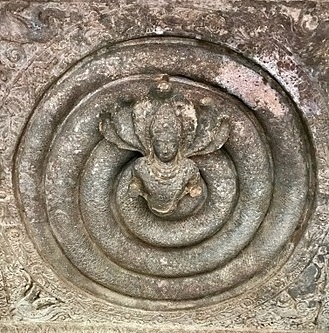
Bhagwan Nagaraja stands as the revered king of the Nagas, a powerful and mysterious race of serpent beings deeply woven into the fabric of Indian mythology. Depicted as half-human, half-serpent or as majestic multi-hooded snakes, Nagaraja dwells in the netherworld Patala, ruling over jeweled palaces beneath rivers, lakes, and the earth’s surface. The Nagas trace their lineage to Sage Kashyapa and Kadru, making Nagaraja both a divine ruler and a symbol of ancient kinship. He is closely linked with cosmic events, serving as the bed for Bhagwan Vishnu as Shesha or as Vasuki, the serpent used during the churning of the ocean. While sometimes viewed with caution, the Nagas are more often respected for their power to bring rain, prosperity, and protection. Their worship, especially in South India, remains vibrant, with rituals and festivals celebrating their enduring influence as protectors, healers, and bestowers of fortune.
Who is Bhagwan Nagaraja?
Bhagwan Nagaraja is the king of the Nagas, a semi-divine race of beings with both human and serpent traits who dwell in the netherworld Patala. He is regarded as the ruler of all Nagas and Naginis and is a prominent figure in Hindu, Jain, and Buddhist traditions. The Nagas are the offspring of Sage Kashyapa and Kadru, making Bhagwan Nagaraja a descendant of Brahma through Kadru. Key figures holding the title Nagaraja include Shesha, Vasuki, and Takshaka, each playing vital roles in Hindu mythology. Shesha serves as the cosmic bed for Bhagwan Vishnu, Vasuki is associated with Bhagwan Shiva and the churning of the ocean, and Takshaka is known as the king of the Khandava forest. The Nagas are culturally significant, symbolizing fertility, steadfastness, and protection, and are especially revered in South India and Southeast Asia.
Bhagwan Nagaraja is depicted in various forms: as a majestic multi-hooded serpent, half-human half-snake, or a human adorned with serpents. His symbols include the serpent itself, representing power and mystery, and the Nagamani gem on Vasuki’s head, signifying prosperity and spiritual energy. He resides in jeweled palaces beneath lakes, rivers, and the earth. Bhagwan Nagaraja is closely linked with water, fertility, and hidden treasures, and is often associated with rituals and festivals that honor the protective and benevolent aspects of serpents.
Significance of Bhagwan Nagaraja
Bhagwan Nagaraja holds deep philosophical and spiritual significance in Hinduism as the king of the Nagas, embodying both protective and transformative energies. He is revered as a guardian of water, fertility, and hidden treasures, symbolizing the cyclical nature of life, death, and renewal. His association with Kundalini Shakti underlines his role in spiritual awakening and inner transformation, as the serpent represents the dormant spiritual energy within every individual. Nagaraja’s presence bridges the earthly and divine realms, serving as a mediator and protector who can bestow prosperity, rain, and well-being when honored, or bring adversity when neglected.
Nagaraja worship is especially prominent in South India, where he is venerated in households, temples, and sacred groves. The rituals and traditions surrounding Nagaraja are deeply rooted in the cultural fabric of Kerala, Karnataka, and Tamil Nadu, where he is seen as a symbol of fertility, prosperity, and protection from snake-related afflictions. In Kerala, the Namboothiri Brahmins conduct elaborate Vedic-style rituals such as Sarpabali during the Ayilyam festival, invoking the blessings of Nagaraja and the Ashtanagas for family welfare, progeny, and relief from serpent curses or doshas. The Nagvanshi community in North India also traces its lineage to the Nagas, maintaining the tradition of serpent worship.
Festivals dedicated to Bhagwan Nagaraja are celebrated with great devotion and regional diversity. Nag Panchami is the most widely observed festival, held in the month of Shravan (July or August), where devotees offer milk, flowers, and prayers to serpent idols, seeking protection, prosperity, and the removal of obstacles. In Kerala, the Mannarasala Ayilyam and Vettikode Ayilyam festivals are major events, marked by processions, special rituals, and offerings that attract thousands of devotees. These festivals not only honor Nagaraja but also reinforce the importance of respecting nature and all forms of life.
Iconography & Symbolism
Bhagwan Nagaraja is depicted in three primary forms: a majestic multi-hooded serpent, a half-human half-serpent being, or a human figure adorned with snakes around the head and neck. These forms emphasize his dominion over the Nagas and his role as a divine protector. The serpent itself is the central symbol, representing power, mystery, and the cyclical nature of life and death. In some depictions, Nagaraja is shown with the Nagamani gem on his hood, signifying prosperity and spiritual energy. He is often portrayed in regal settings, residing in jeweled palaces beneath lakes, rivers, or the earth, reinforcing his association with water and hidden treasures.
Art, sculptures, and temple depictions of Nagaraja are prominent in South India, especially at the Nagaraja Temple in Nagercoil, Tamil Nadu. This temple features a five-headed serpent idol as the main deity, with a simple sanctum of sand and a thatched roof, preserving its ancient character. The temple complex also displays Jain and Hindu iconography side by side, highlighting the cultural integration of serpent worship. Pillars and mandapas are adorned with images of Nagas and Tirthankaras, and hundreds of stone snake idols are placed around the temple, reflecting the deep reverence for Nagaraja in the region’s artistic and religious traditions.
Color symbolism linked to Nagaraja includes green, representing fertility, and blue, associated with water and divine energy. His posture is typically upright or coiled, exuding alertness and readiness to protect. In brass images, he is often shown with a five-headed hood, standing with one hand in abhaya mudra, symbolizing protection and fearlessness. Naga Mudra, a sacred hand gesture, is also associated with Nagaraja, signifying supernatural power, insight, and the ability to overcome obstacles through spiritual strength. These elements together convey Nagaraja’s role as a guardian, a source of prosperity, and a bridge between the earthly and the divine.
Origin of Bhagwan Nagaraja
Bhagwan Nagaraja’s origins are deeply rooted in Hindu mythology and major scriptures. He is recognized as the king of the Nagas, a divine race of serpent beings descended from Sage Kashyapa and Kadru. The title of Nagaraja is most notably held by Shesha, Vasuki, and Takshaka. Shesha, also called Ananta, is the eldest and most revered, serving as the cosmic serpent on whom Bhagwan Vishnu rests and supporting the universe at Brahma’s command. Vasuki, another prominent Nagaraja, is closely associated with Bhagwan Shiva and plays a crucial role in the churning of the ocean (Samudra Manthan) as the serpent used as the churning rope, facilitating the emergence of divine treasures. Takshaka, the present serpent king, features in the Mahabharata as the ruler of the Khandava forest and is known for his role in the story of Parikshit.
Nagaraja’s presence is significant in the Ramayana, where he is invoked during the construction of the bridge to Lanka, symbolizing his power to overcome obstacles. In the Mahabharata, the Nagas are central to stories involving Bhishma’s birth and the burning of the Khandava forest. The Puranas further elaborate on the Nagas’ cosmic roles, their connection to water, fertility, and hidden treasures, and their importance in maintaining balance between creation and destruction. Legends also recount Nagaraja’s role in making barren land fertile, as seen in the story of Sage Parashurama and the establishment of the Nagaraja temple in Kerala, where the serpent king’s intervention transformed the land and brought prosperity.
These narratives establish Bhagwan Nagaraja as a powerful protector, a bridge between the earthly and the divine, and a key figure in the unfolding of cosmic events across Hindu scriptures.
Legends and Stories
Shesha
Shesha, also known as Adishesha, is the eldest and most revered of the Nagas. He supports the universe on his hoods and serves as the cosmic bed for Bhagwan Vishnu, symbolizing stability and protection. Shesha is depicted as a friendly and protective force, praised in many scriptures for his steadfastness and cosmic role.
Vasuki
Vasuki is another prominent Nagaraja, closely associated with Bhagwan Shiva, who wears him around his neck. Vasuki played a vital role in the Samudra Manthan, the churning of the ocean, where he allowed the devas and asuras to use him as the churning rope to obtain the nectar of immortality. Vasuki’s gem, the Nagamani, is a symbol of prosperity and spiritual power.
Takshaka
Takshaka is known as the king of the Khandava forest in the Mahabharata. He played a key role in the burning of the forest by Arjuna and later avenged this act by causing the death of Parikshit, Arjuna’s grandson. Takshaka’s story highlights the Nagas’ power and their capacity for both protection and retribution.
Astika
Astika, the son of Jaratkaru and the serpent goddess Manasa, is celebrated for saving Takshaka and the serpent race during the Sarpa Satra, a snake sacrifice arranged to avenge Parikshit’s death. Astika’s wisdom and intervention ended the persecution of the Nagas, and his story is commemorated during the festival of Nag Panchami.
Kaliya
Kaliya was a venomous serpent who poisoned the Yamuna River, making it deadly for all creatures. Bhagwan Krishna confronted and subdued Kaliya by dancing on his many hoods, purifying the river and restoring balance. This event, known as Kalinga Narthana, is a popular tale in South India and symbolizes the triumph of good over harmful forces.
Manasa Devi
Manasa Devi, sister of Vasuki and wife of Sage Jaratkaru, is the goddess of snakes. She is worshipped for protection against snakebites and diseases, and is associated with fertility and prosperity. Manasa Devi is often depicted seated on a lotus, surrounded by snakes, sometimes with her son Astika on her lap.
Garuda and the Nagas
Garuda, born to Vinata, became the nemesis of the Nagas due to a legendary conflict involving the nectar of immortality. Garuda’s rivalry with the Nagas is a recurring theme, representing the balance of power and the interplay between different divine beings in Hindu mythology.
Spiritual Lessons from Bhagwan Nagaraja
The legends of Bhagwan Nagaraja deliver clear moral and spiritual lessons centered on protection, balance, transformation, and the responsible use of power. Stories like Shesha supporting the universe and serving as Vishnu’s bed highlight the importance of steadfastness, selfless service, and the need for a strong foundation in life. Vasuki’s willingness to endure pain during the churning of the ocean underscores sacrifice and duty for the greater good. Takshaka’s tale reflects the consequences of vengeance and the cycle of retribution, while Astika’s intervention during the snake sacrifice teaches the value of wisdom, compassion, and reconciliation to end cycles of violence.
The story of Krishna subduing Kaliya demonstrates the triumph of good over destructive forces and the restoration of harmony through courage and righteousness. Manasa Devi’s legends emphasize resilience, the power of devotion, and the blessings that come from overcoming adversity. The recurring theme of Nagas as protectors of water, fertility, and treasures reinforces respect for nature and the interconnectedness of all life.
Together, these tales encourage humility, self-control, and the pursuit of harmony. They remind devotees to act with wisdom, honor commitments, and seek peaceful solutions, while also respecting the transformative and protective energies present in nature and within themselves.
Puja Vidhi at Home
Required materials
- Idol or image of Bhagwan Nagaraja (silver, stone, or wood)
- Milk
- Water
- Turmeric
- Kumkum
- Flowers
- Sweets
- Unbroken rice (akshat)
- Durva grass
- Kusha grass
- Sandalwood paste
- Holy thread (moli)
- Fragrances
- Curd
- Clarified butter (ghee)
- Jaggery
- Rangoli materials (optional for traditional floor designs)
Step-by-step home puja guide
- Wake up early, bathe, and wear clean clothes
- Clean the puja area and place the idol or image of Bhagwan Nagaraja in your worship space
- If observing a fast, begin your day with a resolve for protection and blessings
- Bathe the idol with milk and water
- Offer turmeric, kumkum, sandalwood paste, flowers, and unbroken rice
- Prepare and offer sweets, curd, jaggery, and other cooked food
- Draw or place traditional snake images or rangoli at the entrance or altar if desired
- Offer Durva and Kusha grass, fragrances, and holy thread to the deity
- Fold hands and offer prayers with devotion
- Meditate briefly, focusing on Bhagwan Nagaraja’s protective and benevolent qualities
Chanting and aarti process
Chant the Nag Panchami mantras, such as:
Vasuki Takshaschaiva Kaliyo Manibhadrakah
Airavato Dhritarashtra Karkotakadhananjay
Etebhayam prayachhanti praninam pranajeevinam
Recite:
Sarve nagah preeyanta me ye kechit prithvitale
Ye cha helimareechistha yentare divi sansthitah
Ye nadeeshu mahaanaga ye saraswatigaminah
Ye cha vaapeetadgeshu teshu sarveshu vae namah
For protection, chant:
Om Kurukulye Hoom Phat Swaha
Perform aarti by waving the lamp in a circular motion before the deity
Conclude with prayers for health, prosperity, and removal of obstacles
Mantras Dedicated to Bhagwan Nagaraja
Vasuki Takshaschaiva Kaliyo Manibhadrakah
Airavato Dhritarashtra Karkotakadhananjay
Etebhayam prayachhanti praninam pranajeevinam
Meaning:
Vasuki, Takshaka, Kaliya, Manibhadrak, Airavata, Dhritarashtra, Karkotaka, and Dhananjaya, these revered serpent deities grant fearlessness and protection to all beings.
Benefits:
Chanting this mantra brings protection from dangers, removes fear, and invokes the blessings of the eight primary Nagas for peace and well-being.
Sarve nagah preeyanta me ye kechit prithvitale
Ye cha helimareechistha yentare divi sansthitah
Ye nadeeshu mahaanaga ye saraswatigaminah
Ye cha vaapeetadgeshu teshu sarveshu vae Namah
Meaning:
Salutations to all the snakes residing on earth, in the sky, in rivers, lakes, wells, and ponds. May all these Nagas be pleased and grant their blessings.
Benefits:
This mantra is recited for harmony with nature, protection from snake-related afflictions, and relief from doshas such as Kaal Sarp Dosha.
Om Kurukulye Hoom Phat Swaha
Meaning:
A powerful protective mantra to safeguard from snake venom and negative energies.
Benefits:
Regular chanting offers protection from snake bites, removes fears, and shields from unseen dangers.
Reciting these mantras during Nag Panchami and other rituals invokes Bhagwan Nagaraja’s blessings for health, prosperity, protection, and spiritual upliftment.
Benefits of Worshipping Bhagwan Nagaraja
Worshipping Bhagwan Nagaraja brings profound spiritual, mental, and material benefits. Spiritually, devotees experience protection, purification, and the awakening of inner energy. Nagaraja worship is closely linked to Kundalini Shakti, supporting spiritual growth and self-realization. The rituals and mantras help clear karmic obstacles, balance past deeds, and foster a deeper connection with divine wisdom. This spiritual alignment brings peace, clarity, and a sense of purpose.
Mentally, honoring Bhagwan Nagaraja provides emotional stability, reduces fear, and strengthens resilience against challenges. The energy of the Nagas supports mental clarity, helps overcome confusion, and brings harmony within families and relationships. Worship is also known to aid in releasing ancestral burdens and resolving long-standing disputes, promoting emotional healing and mental peace.
Materially, Bhagwan Nagaraja is revered for granting fertility, prosperity, and protection from dangers, including snake bites and hidden threats. His blessings are sought for agricultural success, financial improvement, and overall well-being. Rituals performed during festivals like Nag Panchami and Nagula Chavithi bring relief from Naga Dosha, improve luck, and ensure the safety and health of devotees and their families.
Key benefits of worshipping Bhagwan Nagaraja:
- Spiritual growth and awakening of Kundalini energy
- Protection from dangers, fears, and negative influences
- Removal of obstacles and karmic burdens
- Improvement in fertility and agricultural prosperity
- Enhanced mental clarity and emotional stability
- Relief from ancestral and family issues
- Healing from chronic health conditions and skin disorders
- Financial prosperity and asset development
- Harmony with nature and ecological balance
- Overall peace, well-being, and divine blessings
Temples Dedicated to Bhagwan Nagaraja
Temples dedicated to Bhagwan Nagaraja are revered centers of serpent worship, blending ancient traditions, unique architecture, and vibrant rituals. These temples often feature sanctums with five-headed serpent idols, mud floors, thatched roofs, and thousands of snake images, reflecting the deep-rooted cultural and spiritual reverence for the serpent king. Rituals include abhishekam with milk and turmeric, offerings of flowers and sweets, and special pujas to seek protection, fertility, and relief from serpent afflictions. Festivals like Naga Panchami, Mannarasala Ayilyam, and Nagaraja Chaturthi draw thousands of devotees, marked by processions, music, and community feasts. These temples also serve as centers for the resolution of naga doshas and the fulfillment of vows, with devotees installing snake idols as thanksgiving for blessings received.
The Mannarasala Sree Nagaraja Temple in Kerala stands as the most renowned shrine dedicated to Bhagwan Nagaraja. Surrounded by lush forests, this temple is unique for being administered by a priestess and for its tradition of women seeking fertility blessings. The temple’s architecture features a simple sanctum with a sand floor and thatched roof, and the premises house over 30,000 snake idols. The main festival, Mannarasala Ayilyam, is celebrated with grand processions and rituals, attracting pilgrims from across India. Another major temple is the Nagaraja Temple in Nagercoil, Tamil Nadu, known for its five-headed serpent idol, a sanctum with a mud floor, and a blend of Dravidian and Kerala architectural styles. The temple’s history includes Jain influences, and its rituals cure skin diseases and bring prosperity. Other important temples include the Vetticode Aadimoolam Sree Nagaraja Temple in Kerala, Pullikkal Nagayakshi Kavu in Palakkad, and Ananthankadu Sree Nagaraja Temple in Thiruvananthapuram, each with their own legends and unique customs. In Karnataka, the Sri Nagareshwara Temple in Bangalore is a significant urban center for serpent worship. These temples are not only pilgrimage destinations but also living repositories of India’s rich mythological and spiritual heritage.
Presence in Other Traditions
Bhagwan Nagaraja’s influence extends deeply into Buddhism, Jainism, and Southeast Asian cultures. In Buddhism, Nagaraja is revered as a protector and guardian. The naga king Mucalinda is celebrated for sheltering the Buddha during meditation, coiling around him and spreading his hoods to shield him from rain. This episode is a central theme in Buddhist art from India, Sri Lanka, Thailand, and Cambodia, where Buddha is often depicted seated on naga coils with a multi-hooded serpent canopy. Nagas are seen as guardians of relics, sacred places, and rain deities, and their images are common in Buddhist temples and stupas.
In Jainism, Nagaraja and nagas are respected as semi-divine beings who appear in both human and serpent forms. They are included in rituals and temple iconography, symbolizing protection, steadfastness, and the power to overcome obstacles. Jain traditions recognize the Nagas as descendants of Kashyapa and Kadru, similar to Hindu accounts, and integrate them into local legends and worship practices.
In Southeast Asia, naga kings are prominent in myth, art, and temple architecture. Cultures in Thailand, Cambodia, Laos, and Myanmar feature nagas as water spirits, protectors, and ancestral beings. The naga motif appears in temple balustrades, gateways, and religious ceremonies. In Thailand, the naga is linked to rain, fertility, and the protection of Buddhist relics, while in Cambodia and Laos, nagas are considered guardians of the land and waterways, deeply woven into both Buddhist and indigenous spiritual practices.
Comparative mythology shows that serpent kings and dragon deities appear across global traditions. In Egypt, Wadjet and Apep are powerful serpent gods; in Greece, Typhon and the Hydra represent chaos and challenge; in Norse myth, Jormungandr encircles the world; in Africa and Australia, serpent spirits are tied to creation and fertility. Bhagwan Nagaraja’s role as a guardian, rainmaker, and symbol of transformation aligns with these global serpent archetypes, but his integration into Hindu, Buddhist, and Jain cosmologies, as well as his enduring presence in Southeast Asian culture, makes him a uniquely influential and multifaceted figure.
Rudra Centre’s Nagaraja Products & Puja Services
A sacred brass yantra energized for Bhagwan Nagaraja, available in various sizes and finishes. It is designed to remove obstacles, bring stability, and promote health, wealth, and harmony. The yantra is especially recommended for those facing struggles in career, business, or family life and for relief from Sarp Dosha.
A comprehensive ritual performed by five priests on the auspicious day of Nag Panchami, dedicated to the worship of the nine Nag Devatas. This puja grants protection, removes Kaal Sarp Dosha, alleviates fears, brings prosperity, and ensures health and harmony in the devotee’s life.
Kaal Sarp Dosh Nivaran Puja at Naag Vasuki Mandir Prayagraj
A specialized puja conducted at the historic Naag Vasuki Mandir in Prayagraj to remove the effects of Kaal Sarp Dosh. This ritual involves elaborate Vedic procedures, mantras, and offerings to Bhagwan Nag Vasuki, providing relief from persistent obstacles, financial instability, and negative planetary influences, and is especially recommended for those afflicted by Kaal Sarp Dosh in their horoscope.
Conclusion:
The Eternal Guardian of Balance and Transformation
Bhagwan Nagaraja stands as a timeless symbol of protection, wisdom, and the profound forces that govern both the seen and unseen realms. As king of the Nagas, he bridges the earthly and spiritual worlds, embodying the power of renewal, fertility, and the awakening of inner energy. His presence in mythology and ritual highlights the importance of respecting nature, embracing transformation, and seeking harmony within and around us. Worship of Bhagwan Nagaraja not only brings spiritual growth and protection but also reminds devotees of the enduring strength found in humility, resilience, and the interconnectedness of all life.


-in-Astrology.jpg)
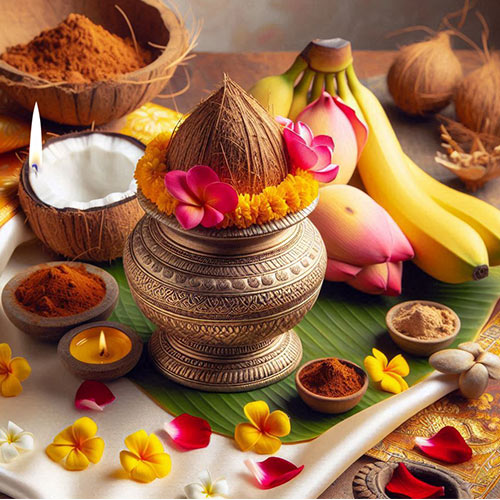
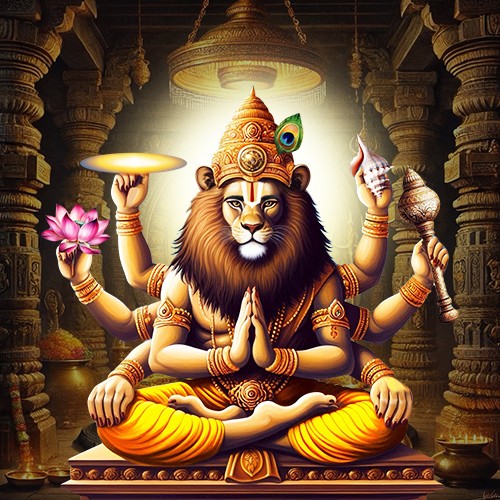
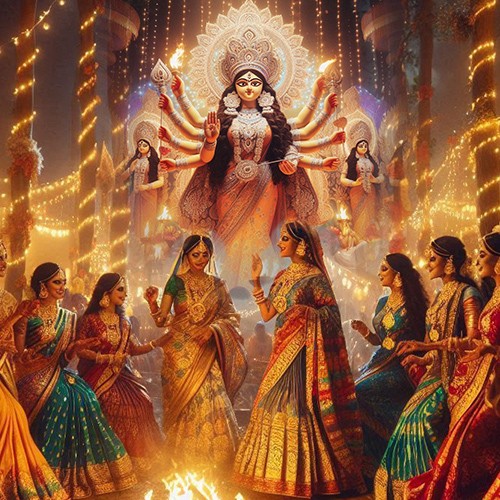
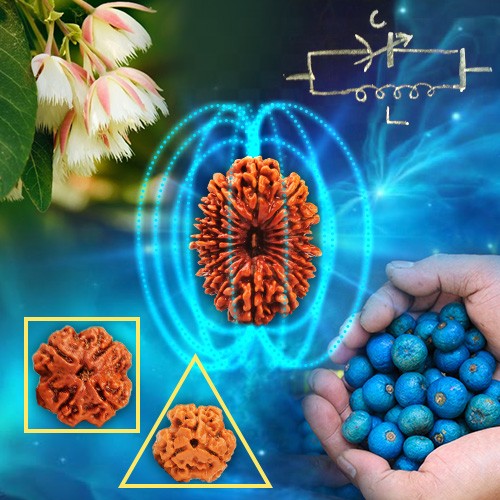

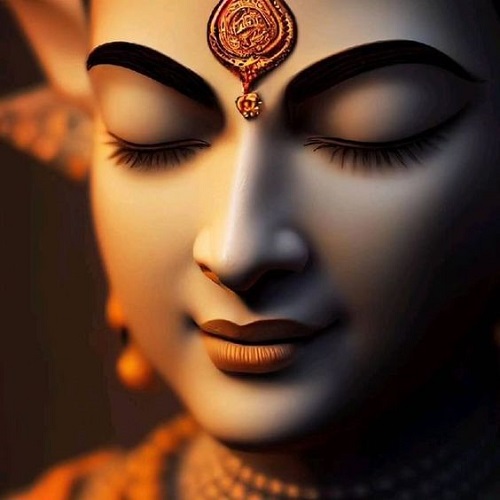
.jpg)

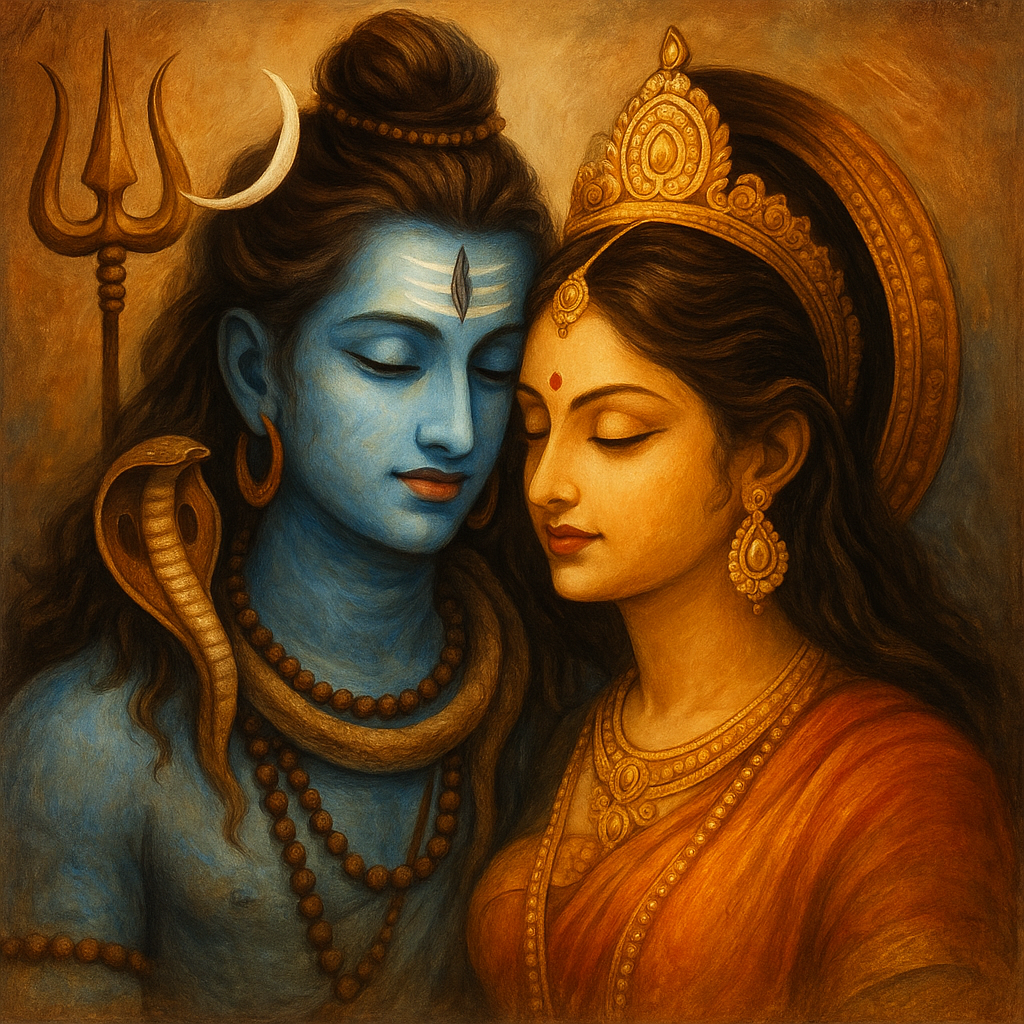
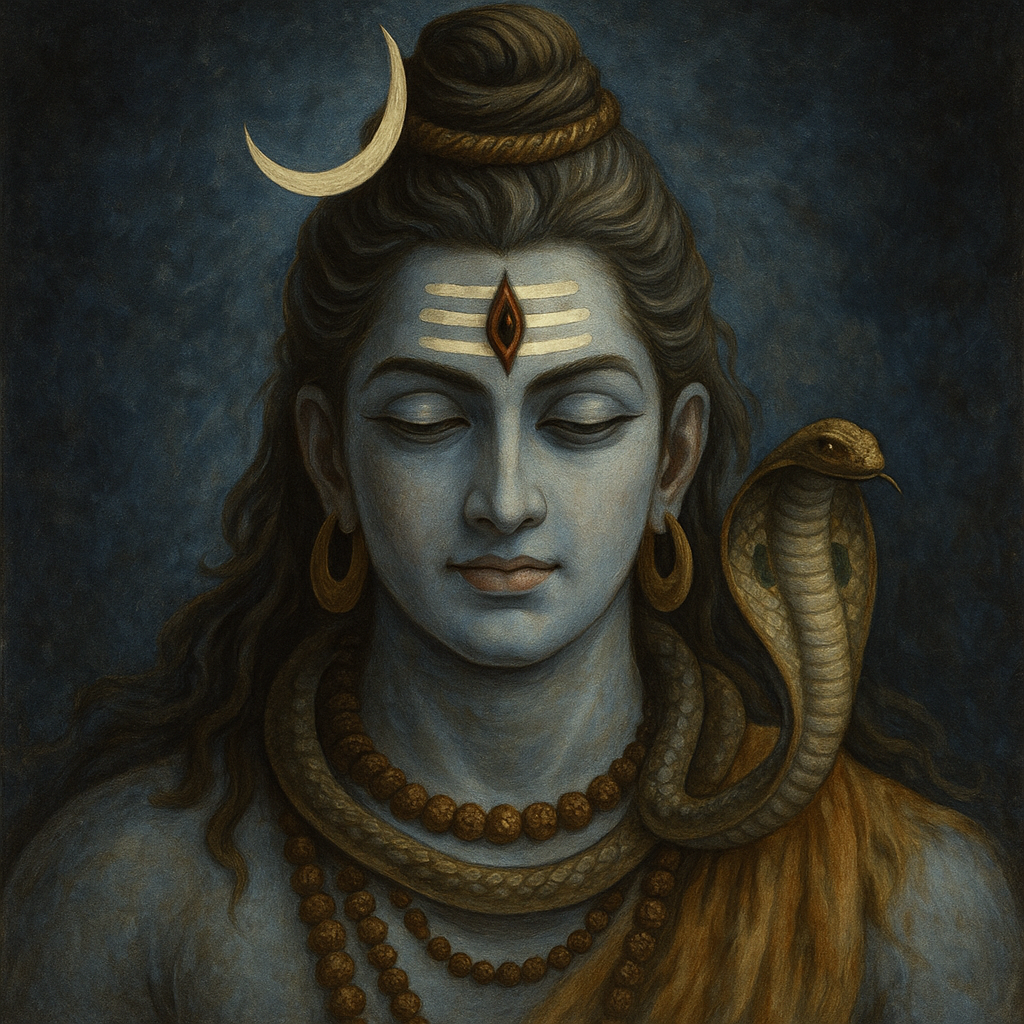
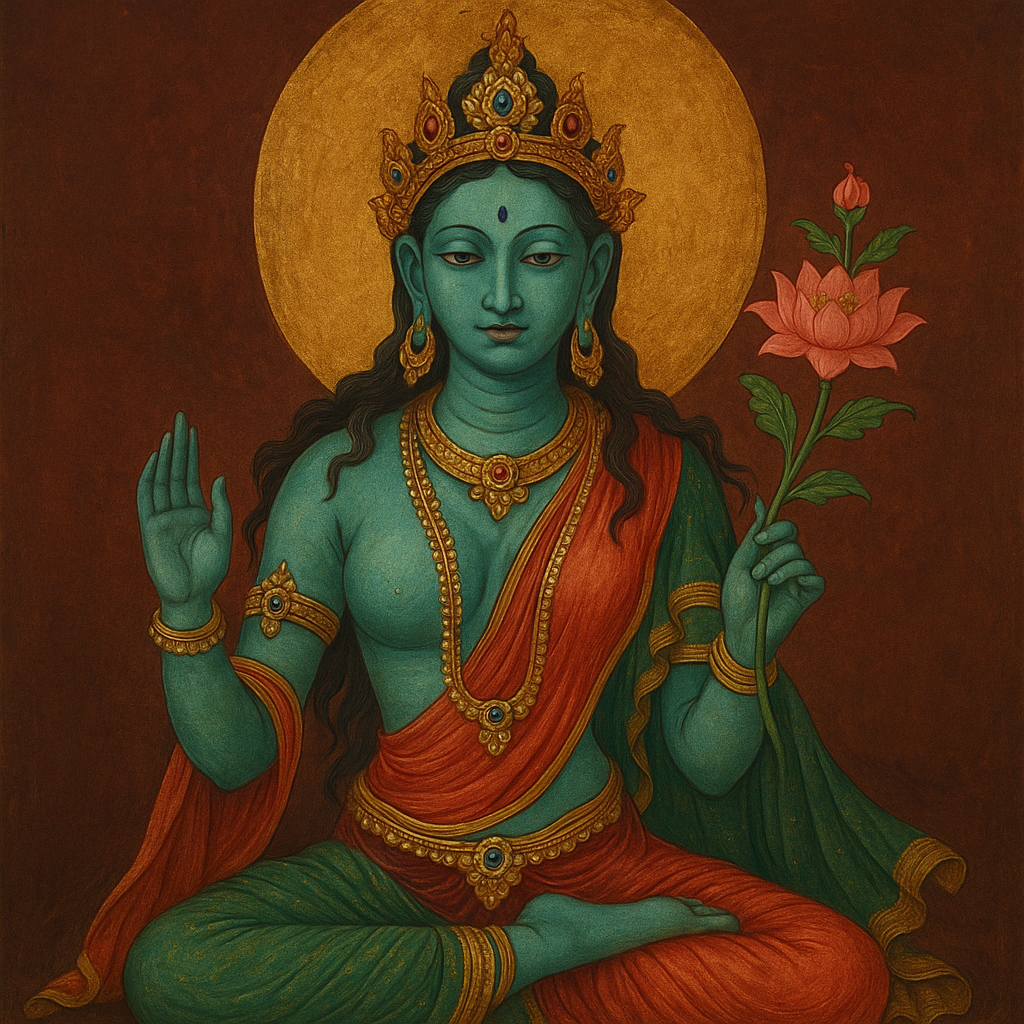
Comments 0
Leave your thought here